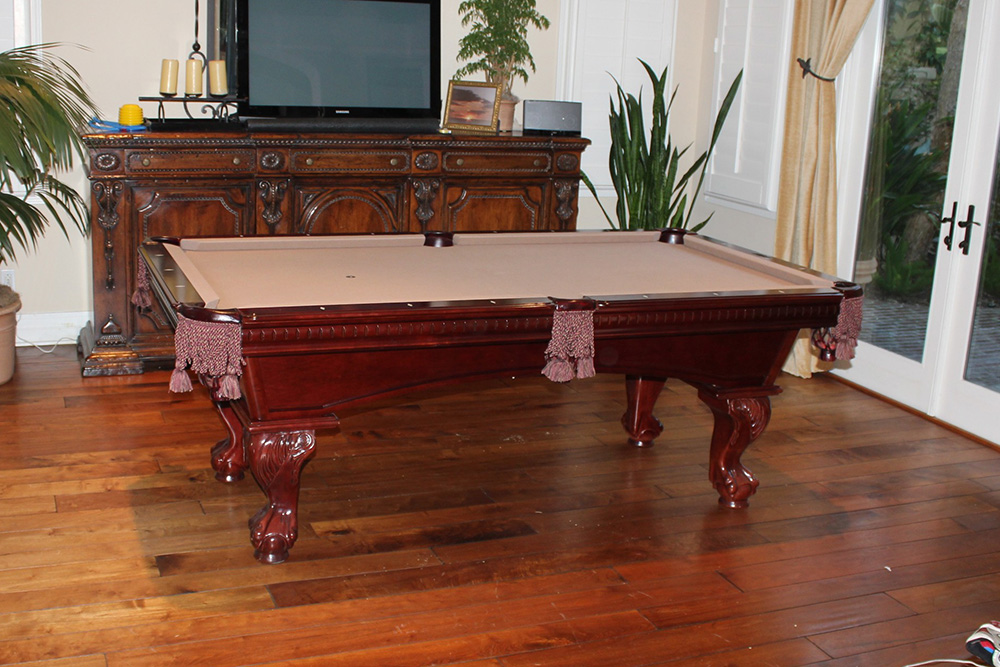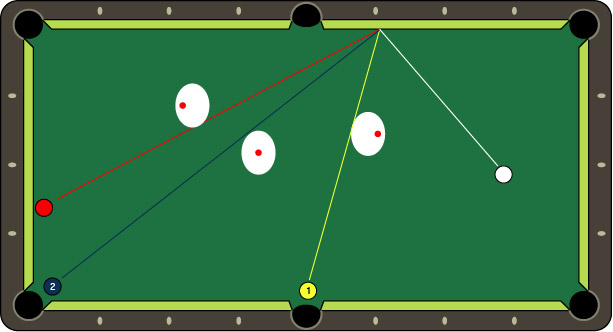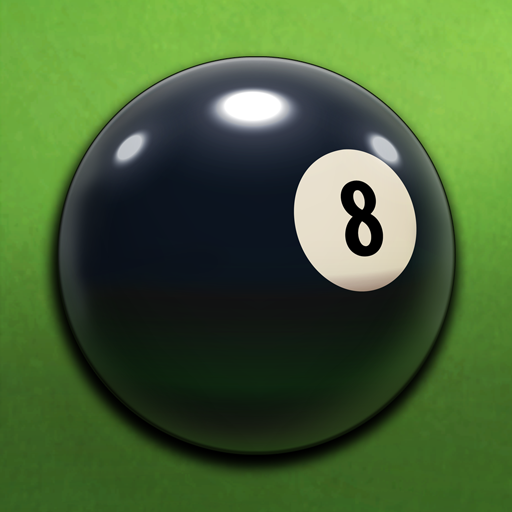
You must know how to hold the pool stick correctly to play well in pool. The way you hold a pool cue can impact many things, such as the power and accuracy, your shots, and how often you foul. There are many ways you can hold a pool cue. You can experiment until you find your best.
You should always use your non-dominant handed when holding a poolstick. This hand will help support the stick and allow you to view the white balls. This will allow you to concentrate on the shot without being distracted by the cue. It's a good practice to place the nondominant hand 6 inches behind and in front of the cue.
Remember to not get too tight with your grip. To do so could lead to cue bends that can make it difficult for you to take a steady shot. Instead, let your hands relax and allow your body weight (and your hand) to propel the cue forward. This will enable you to get the most out each shot.

Remember to also remember the bridge. There are many types of bridges, but the most widely used is the open. The closed bridge is similar to an open bridge, but you must place your hand on the felt instead of the felt.
As you get more proficient, your grip will change and your bridge will adapt to your style. Do this before you start playing, because you won’t get the best shot if you hold the pool stick incorrectly.
Playing pool can be fun because you get to experiment with different grips. For beginners, it's possible to start with a basic grip and work your way up to more advanced options. Be sure to practice frequently so that you are able to balance a cue and pool stick.
You must also know how to hold a poolstick correctly, not only the grips and bridges. These include bending the back elbow, swiping the index finger over the thumb, and the proper way to place your chin on the cue. Each of these steps are important to learn, and can vary depending on your height and skill level. You can find many video tutorials online and other resources to help you through this process.

The most important part of holding a pool stick is putting the correct amount of pressure on the cue. Don't try to overdo it, as doing so can cause you to pocket a white ball. Also, be careful not to let your arm hang off the edge of the table.